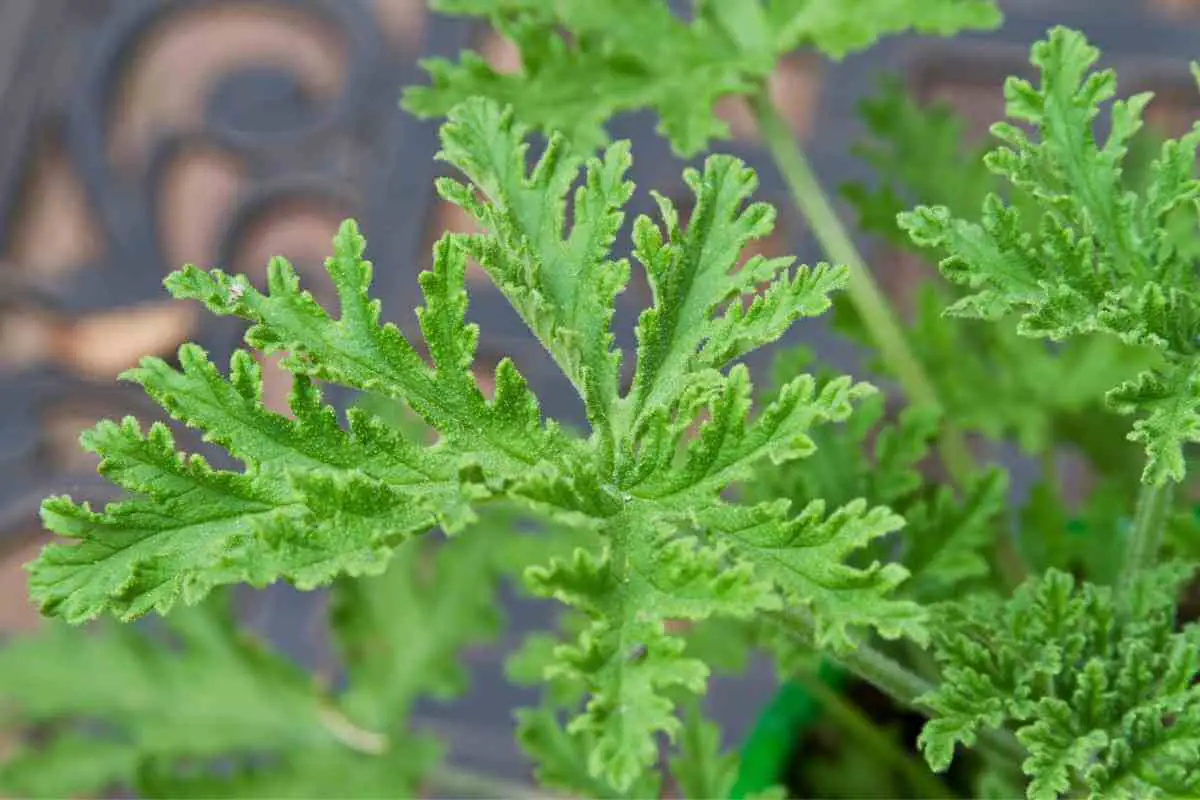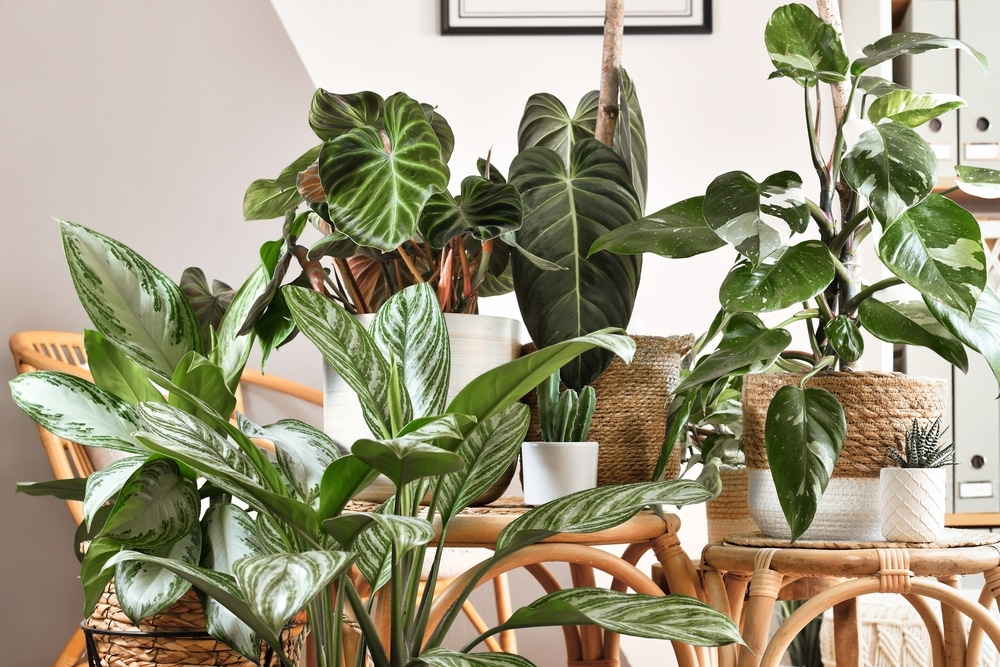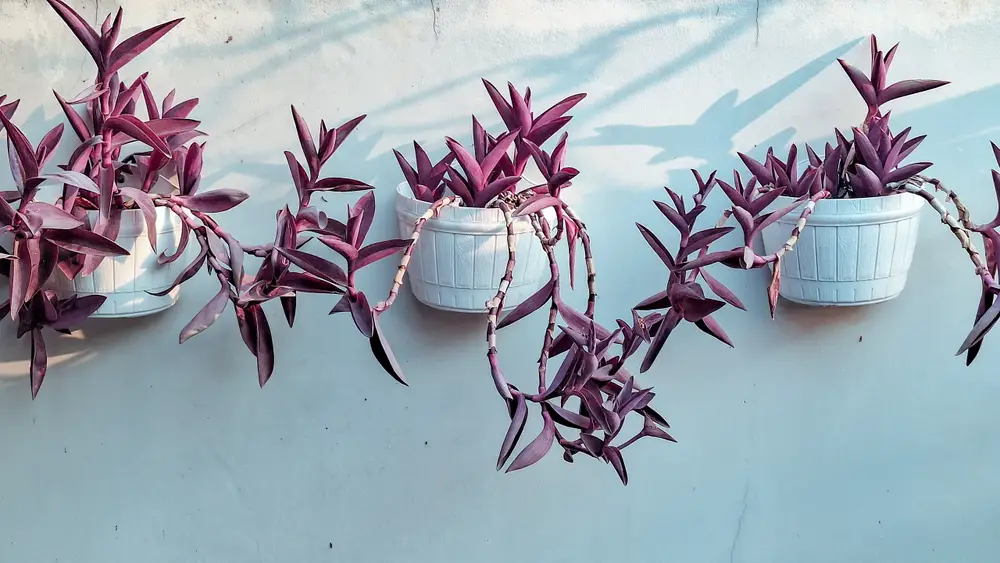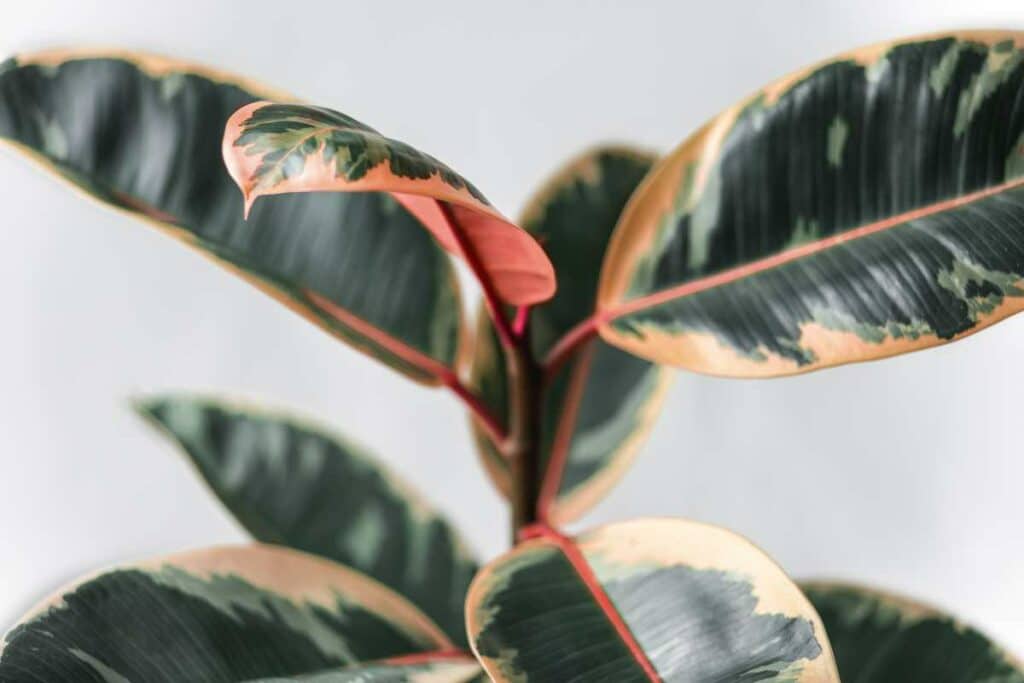Summers are the most exciting times of the year – the weather’s warm, the party mood is on, and you can relax with family and friends.
However, this is also the prime breeding season for one of the most annoying insects – the mosquito.
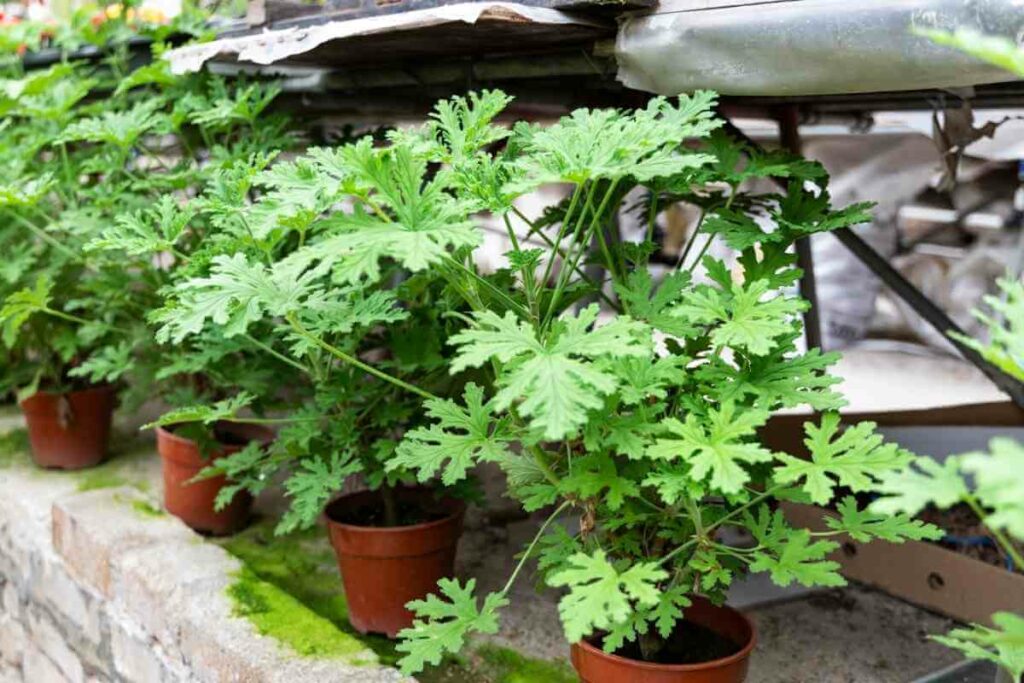
Luckily, you can eliminate these pesky creatures by growing the citronella plant. But how do you do it?
Growing the citronella plant is a straightforward process. It can survive indoors and outdoors, and its characteristic citrusy smell is a natural mosquito repellant.
This plant is relatively resistant to drought and grows up to one meter high when mature. That said, you need to prune it regularly to encourage new foliage to grow.
Factors to Consider Before Growing Citronella
Regardless of the growth medium you’re using, here are some tips you need to consider when growing the citronella plant.
What Is the Best Zone to Grow the Citronella Plant?
Citronella plants can grow throughout the year in zones 9-11, covering the deep southern parts of the United States and southern coastal margins.
These areas’ temperatures range between -6.7oC to 10oC, reaffirming the hardiness of this crop.
That said, the plant can still survive outside these regions.
You can take your planters outdoors in the warmer months and return them indoors at the onset of the cold season.
Ensure that you take the plant indoors before the first frost to prevent the potentially hazardous effects of winter.
What Is the Best Soil for Citronella?
The good thing about citronella is its adaptability to different types of soil.
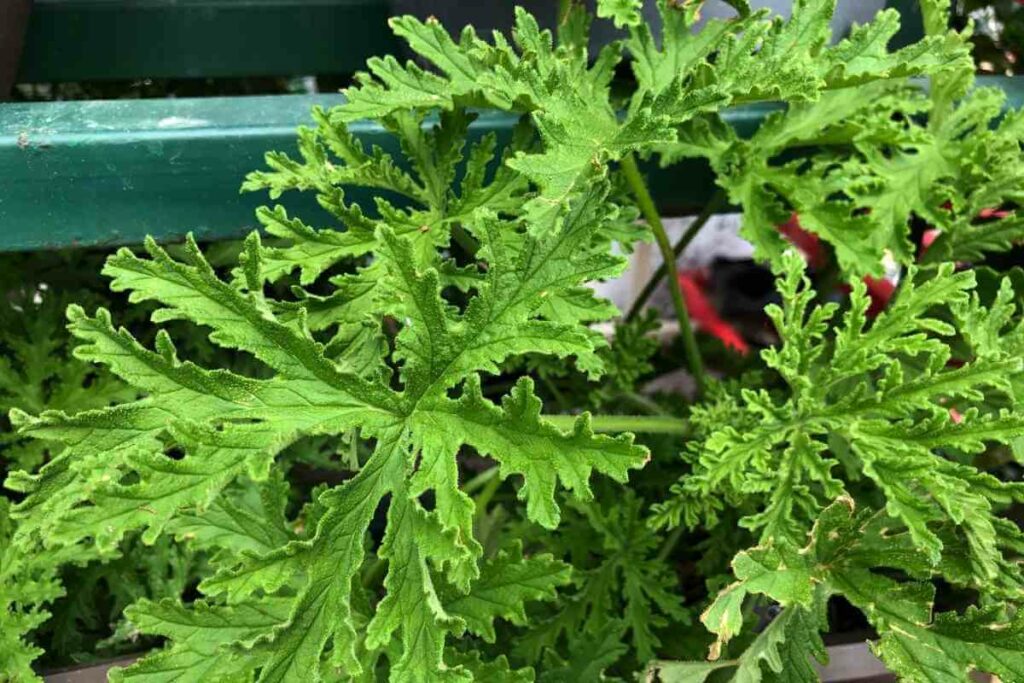
As long as the soil has excellent drainage, the plant will thrive.
Use soil rich in nutrients and allow water to flow freely, as this prevents the soil from getting muddy.
How Much Sun Is Adequate for Growing Citronella?
Ideally, your citronella plant should receive at least six hours of sunlight daily.
If you live in an area where the sun shines for less than six hours, it would be best if you grow citronella in containers.
This also works for people who grow plants in spaces that have partial shades.
How to Grow the Citronella Plant
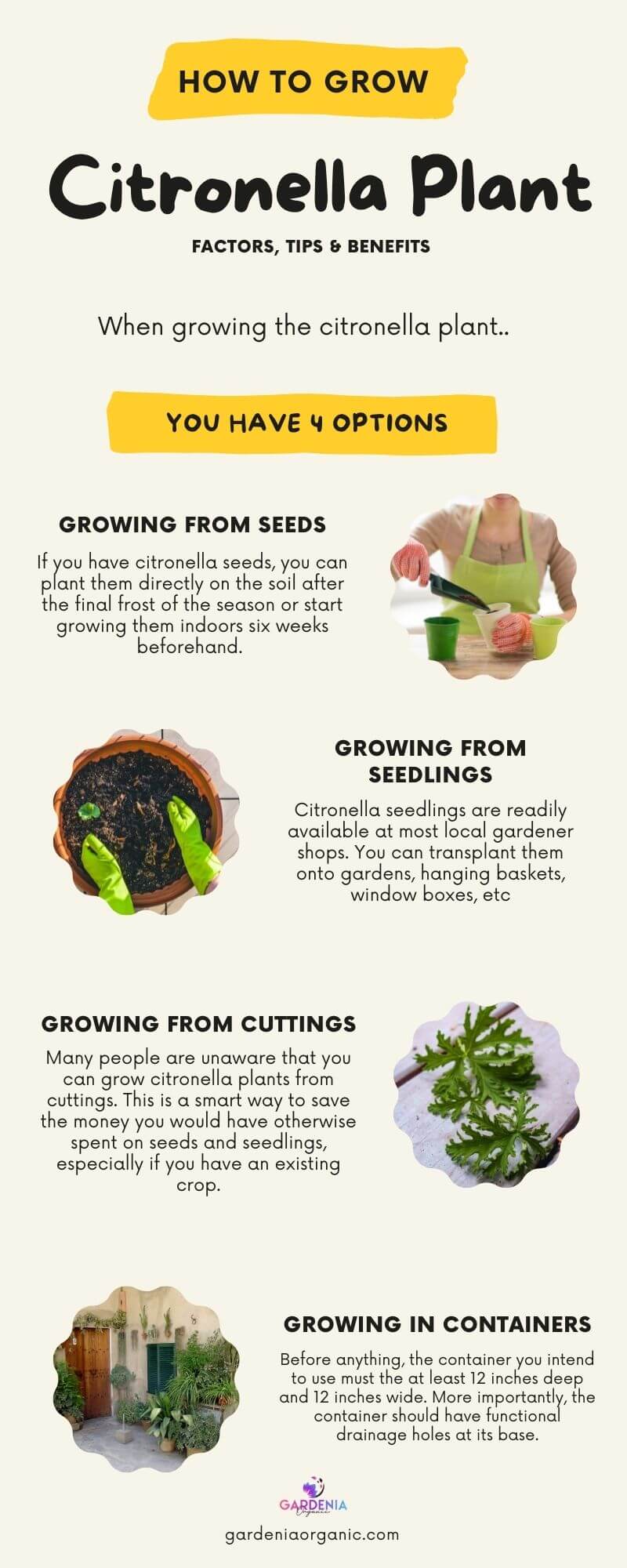
When cultivating the citronella plant, you have four options:
- Growing from seeds
- Growing from seedlings
- Growing from cuttings
- Growing in containers
How Do I Grow Citronella from Seeds?
If you have citronella seeds, you can plant them directly on the soil after the final frost of the season or start growing them indoors six weeks beforehand.
Unlike other crops, you don’t need to bury citronella seeds.
They will grow with a bit of dirt sprayed over them. Ensure that you water the seeds to facilitate germination.
Cover the containers with a plastic sheet for indoor planting to enhance heat retention and catalyze the germination process.
The wrapping isn’t required when planting outdoors, as six hours of sunlight is sufficient.
Always Good Idea: When the plants sprout, it’s essential to thin out the weaker plants. This reduces the competition for nutrients while preserving stronger genes.
How Do I Grow Citronella from Seedlings?
Citronella seedlings are readily available at most local gardener shops.
You can transplant them onto:
- gardens
- hanging baskets
- window boxes, etc.
Before you transplant the seedlings, loosen up the soil.
Next, dig a hole two times as wide and two times as deep as the plant’s roots.
When burying the citronella, ensure that the base is level with the top of the growth medium.
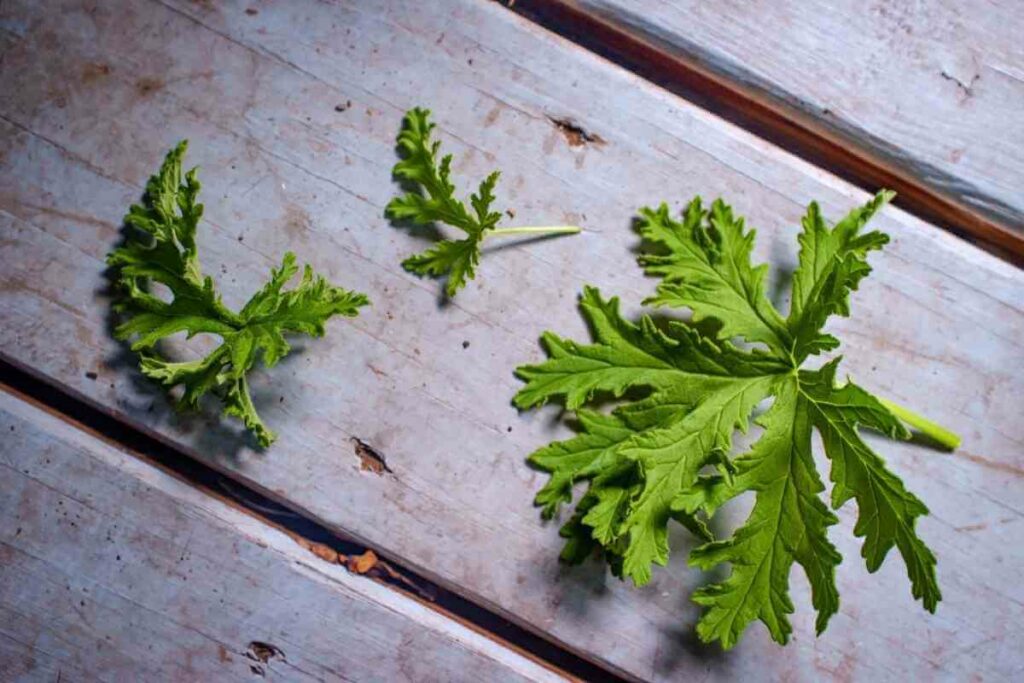
Once the seedling is in the hole, add soil around the roots until firm. Pour in water, but avoid saturating the soil.
If you’re planting more citronella plants, ensure that you maintain a 12-inch space between them. This is because the crop bushes out upon maturity.
How Do I Grow Citronella from Cuttings?
Many people are unaware that you can grow citronella plants from cuttings.
This is a smart way to save the money you would have otherwise spent on seeds and seedlings, especially if you have an existing crop.
Here is the process:
- First, sterilize your pair of scissors or a razor blade.
- Then, cut four inches off the plant’s tip and snip away all foliage, except for the topmost two leaves.
- Wedge the cut end of the stem into a rooting hormone, then put it into a container with a nutrient-rich soil mix.
- Avoid exposing the cuttings to the sun. Instead, please keep them in a warm place as you wait for the cuttings to root.
- Ensure that you water the cuttings, but don’t make the water muddy.
How Do I Grow Citronella in Containers?
Before anything, the container you intend to use must the at least 12 inches deep and 12 inches wide.
More importantly, the container should have functional drainage holes at its base.
Once you confirm that the container has holes, add a few inches of soil. Bury the plant’s roots and cover the base with additional soil.
Don’t Forget: Add water and place the container in a position that receives adequate sunlight.
3 Additional Growing Tips
Here are some additional tips to help you get a meaningful yield when planting citronella plants:
- Use liquid plant food to improve the crop’s growth and development. You should apply this at least once weekly.
- Add up to two inches of water every seven days at the plant’s base to keep it nourished.
- Remove the ends of the plants at least once monthly like pruning. This aids in the proliferation of new branches and leaves.
How Do I Harvest Citronella Oil?

Luckily, making this compound is a straightforward process:
- All you need is one cup of olive oil and a ¼ cup of the citronella plant.
- After mixing, boil the mixture over a slow cooker for at least five hours.
- When combined with olive oil, extracts from the citronella plant form an effective mosquito repellent.
- The next step involves straining. Ensure that you use a cloth when filtering the solution.
After production, you can add citronella oil to candles and lotions.
If you want to keep citronella’s characteristic scent, add more leaves and stems instead of more olive oil.
Whatever you do, avoid ingesting this compound.
How to Use Citronella Oil
The most common use for citronella plant extracts is as a natural insect repellent.
However, it has several other benefits.
Here are some of the application areas for citronella oil:
- Insect repellent
- Antifungal agent
- Treating parasitic infections
- Promoting wound healing
- Relieving fatigue and elevating moods
- Perfumes and food additives
Insect Repellent
According to research, mixing citronella oil with vanillin (an extract of vanilla beans) can protect you against mosquitoes for up to three hours.
While this is impressive, it can’t match the effectiveness of renowned mosquito repellents such as DEET.
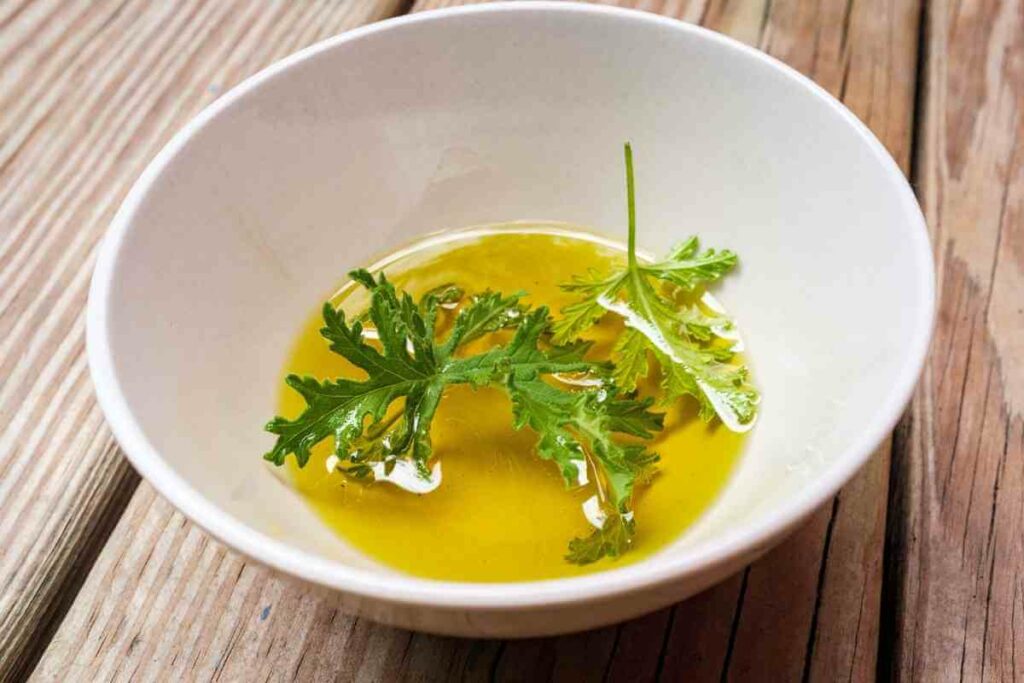
DEET can repel mosquitoes with an effectiveness of 90% over six hours.
It’s worth noting that citronella candles are ineffective if used as insect repellents.
Antifungal Agent
Several studies show that citronella has antifungal properties that can weaken or kill some varieties of fungi and prevent further health issues.
For instance, this 2013 study assessed the effectiveness of citronella against Aspergillus niger, a fungus that causes lung and sinus infections in people with vulnerable immune systems.
The study’s findings showed that citronella oil could destroy the cell wall of the fungus and kill the subcellular components, effectively preventing infections.
As such, researchers suggested citronella as an eco-friendly alternative to conventional fungicides.
Additionally: Citronella oil has antibacterial properties. However, this study shows that it’s not as effective as eucalyptus, lemongrass, orange, and peppermint oils.
Healing Wounds
Recent studies show that citronella oil can speed up the healing of wounds.
This is particularly useful to diabetics, as this condition usually slows down the healing process.
In a study conducted on a diabetic mouse with injuries resulting from Candida albicans, researchers discovered that citronella had antifungal and anti-inflammatory effects.
The combination of these two properties led to faster healing of wounds.
Although the research results mentioned above are promising, more studies need to be done on humans to determine the effectiveness of citronella in healing wounds.
Weight Loss
A 2015 study in rats evaluated the effects of inhaling citronella extracts on the animals’ weight.
The findings showed that inhaling the plant suppressed appetite, lowered cholesterol levels, and regulated weight gain.
There’s a need for more studies to see if this is possible among humans.
Physiological Effects of Inhaling Citronella
This study assessed the effects of inhaling three essential oils:
- Citronella
- Lavender
- Rosemary
The findings showed that lavender has a relaxing effect while rosemary stimulates the brain.
On the other hand, citronella had an in-between impact, meaning that its impact on the brain varies by individual.
Some people might feel stimulated, while others might feel relaxed.
Energy Boost: Due to its pleasant fragrance, citronella is used in aromatherapy. It helps in relieving fatigue, alleviating headaches, and boosting energy levels.
Caring for the Citronella Plant
Citronella plants don’t require much maintenance, meaning that you can grow them if you don’t have a green thumb.
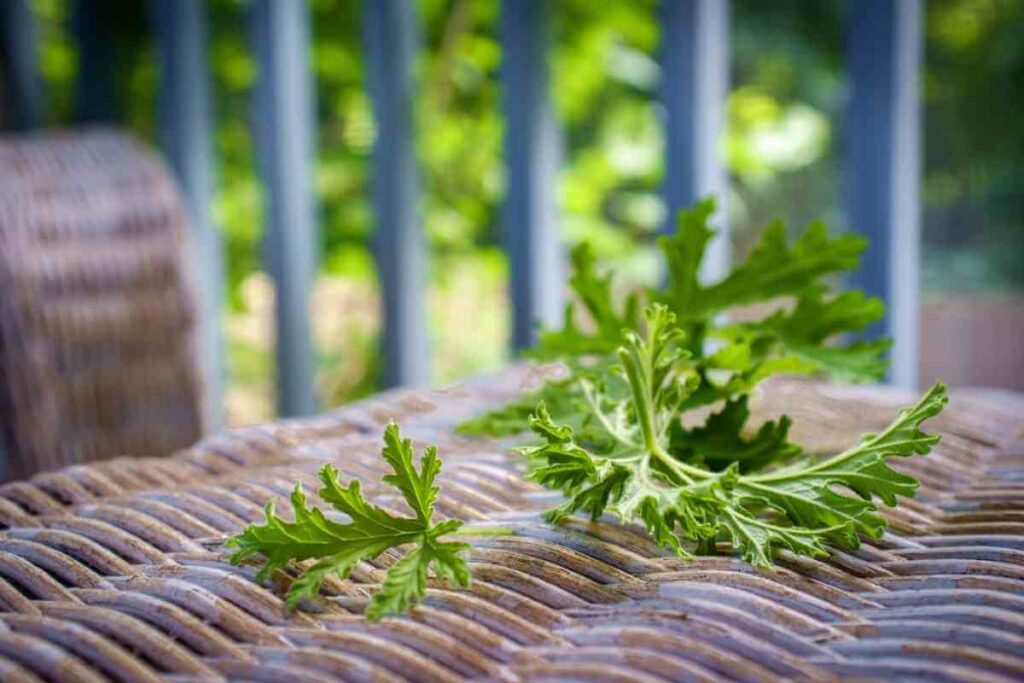
Its versatility means that it can double as a repellent and a plant that beautifies your home with its pleasant fragrance.
Below are several valuable tips for taking care of the citronella plant.
Light
Citronella plants need at least six hours of the sun to flourish, although they can grow under a partial shade.
During the cold months:
- Take the plant indoors if the temperatures outside are intolerable.
- Ensure that you place the container next to a sunny window. If the sun doesn’t shine, consider investing in a glowing light.
The most common symptom of sunlight deficiency in the citronella is stretching and falling over branches.
Soil
When it comes to soil, citronella plants offer excellent adaptability.
They can thrive in moderately fertile, neutral, or alkaline soil, provided it is well-drained.
If you’re new to gardening, it will help if you read about the different soil types.
Temperature
As hinted above, citronella plants are vulnerable to frosty conditions.
Even mature plants can die when exposed to cold and damp conditions.
Ideally, it would be best to grow your plants in areas with temperatures ranging between 15oC and 21oC.
This is why you need to bring your plant indoors when the temperature starts to drop at the onset of winter.
Water
The best time to water your citronella plant is whenever the top inch of the growth medium dries out.
That said, the plant can tolerate summer stress. When growing citronella indoors, wait for the soil to dry before watering instead of adding water regularly.
What to Avoid: It’s vital to avoid sprinkling water on the leaves when watering your citronella plants, as it can cause rotting. Instead, water the soil around the plant’s base.
Fertilizer
Apply nitrogen-rich fertilizer to your citronella plant at the start of spring.
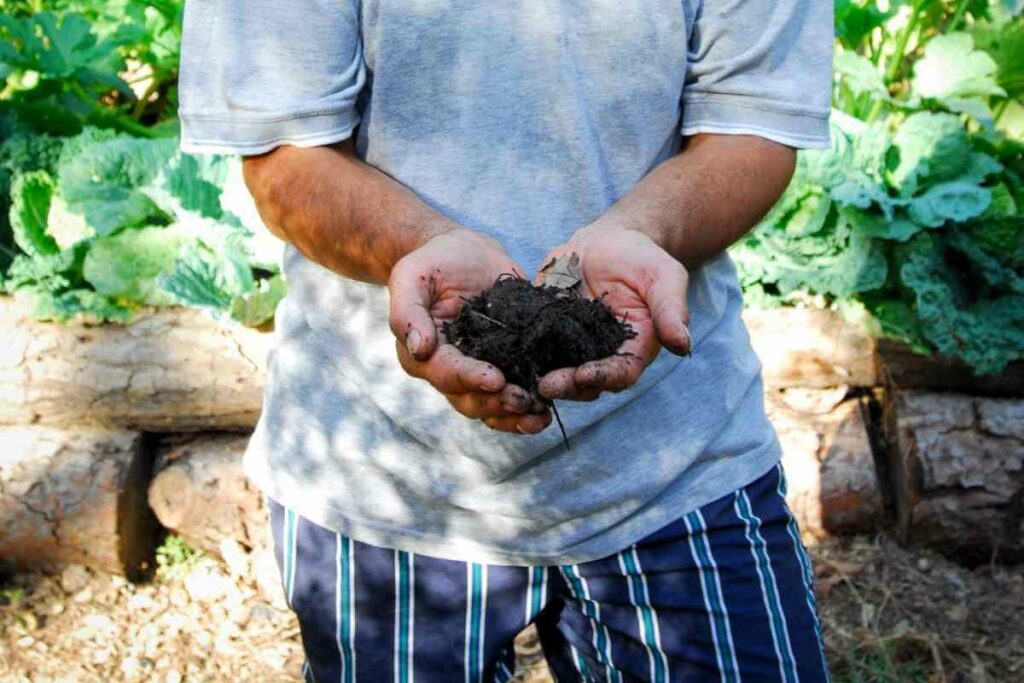
Alternatively, you can use a mix of garden soil, peat moss, and perlite, especially if you can’t access commercial fertilizer.
Regardless of your choice, avoid applying too much fertilizer, as this can submerge the pleasant scent produced by your plants.
Pruning and Pinching
Citronella plants usually grow fast and become woody upon maturity.
For this reason, it’s essential to prune and pinch their leaves regularly.
These practices encourage the growth of new branches and leaves, giving the plant a bushy appearance.
While doing it, don’t overlook the yellowing and dead leaves.
Pests & Disease
Due to their citrusy smell and thick leaves, citronella plants are not as vulnerable to pests and disease as other herbaceous plants.
However, red mites and whiteflies can appear occasionally. You can get rid of these using commercial pesticides.
Ensure that the leaves and the soil don’t stay wet for extended periods.
Excessive moisture increases the risk of bacterial leaf spots, gray mold, or blossom blight.
What Are the Alternatives to Citronella?
Whether you intend to enjoy the pleasant fragrance or you’re looking to repel annoying insects and pests while relaxing in your garden, most people like using citronella products.
However, some people don’t like the scent produced by this plant. So, what alternatives do they have?
Here are some of the plants you can use in place of citronella and achieve the same results.
Lemongrass
Lemon-based products are an excellent solution to repelling insects since bugs find the lemony scent and flavor unpleasant.
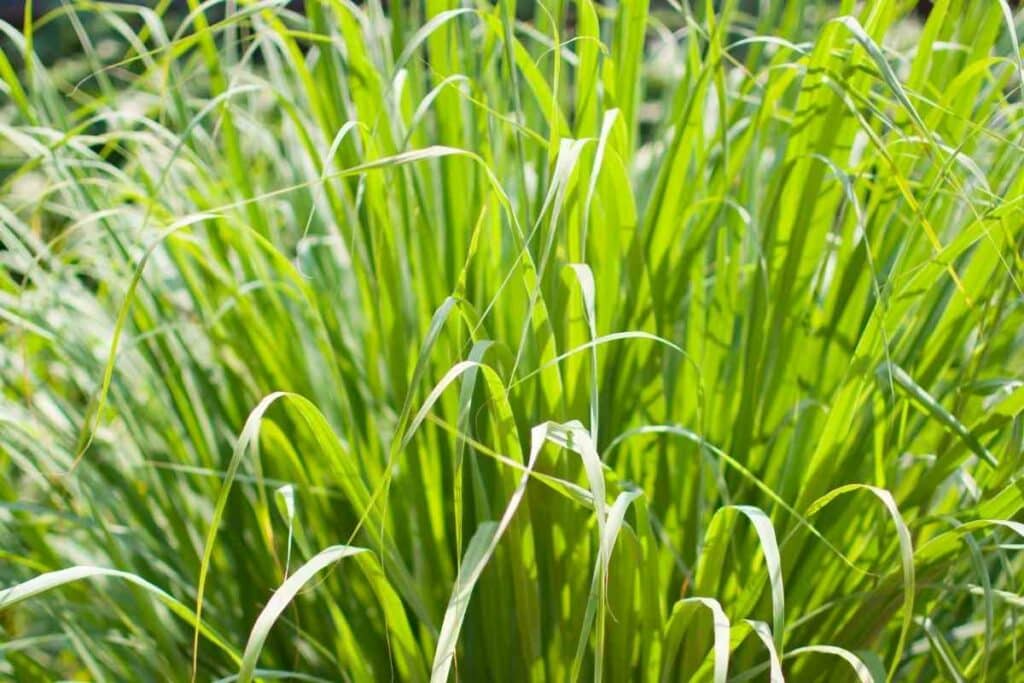
One such product is lemongrass. It produces a sharp smell with a tinge of Sicilian lemons and juicy limes.
The fragrance adds freshness to your home while keeping bugs at bay, making it a practical alternative for citronella products.
Peppermint
Biting insects find the scent that peppermints produce unpleasant, meaning that you can crush up the leaves and rub them on your skin to keep them away.
Moreover, you can use peppermint as a pain reliever if you get bitten by an insect.
Bog Myrtle
Bog Myrtle is renowned for its versatility. Its foliage produces a pleasant scent that acts as a natural bug repellent.
For this reason, campers like this plant as it ensures peaceful expeditions.
Also, bog myrtle is used as a food additive, making perfumes, and is a traditional ingredient in Royal Weddings.
Cedar Oil
Cedar is a member of the Pinaceae family that consists of other pine trees.
These have a long history of being used to repel insects and other bugs.
The essential oil of cedar is among the most effective repellents produced by this type of tree.
However, this product can cause allergic reactions to some people.
Neem Oil
An extract of the neem tree that grows in the tropics, neem oil contains azadirachtins, a compound with insecticidal properties.
A 2% concentration of neem oil can kill and repel insects for at least four hours.
Garlic
When rubbed on the skin, garlic oil is an effective mosquito repellent.
Some people claim that eating garlic also makes repellent to insects, but research is yet to prove it.
Lavender
Like citronella, lavender can grow both indoors and outdoors. It produces an aromatic scent through its lovely purple flowers.

Besides repelling insects, it has a calming effect inside your home.
Thyme Oil
Thyme oil contains carvacrol and alpha-terpinene, two compounds that are natural insect repellents.
Most topical applications are efficient for up to an hour, meaning that you need to apply the oil regularly.
Because it irritates, ensure that you dilute thyme oil before use.
If you don’t want the oil, you can burn the leaves and achieve similar results.
Clove Oil
Studies show that undiluted topical clove oil can repel mosquitoes for nearly four hours.
That said, you should not apply clove oil straight to the skin because it’s harmful.
Wrapping Up
Citronella plants are a practical, natural way of keeping mosquitoes and other insects away.
Furthermore, this plant has a pleasant scent that produces a calming effect inside your home.
What’s more, this plant is easy to grow and requires little maintenance.
Its hardiness means that it can survive extreme conditions, except for freezing temperatures.
If you don’t like the citronella plant or its citrusy smell, you can grow its alternatives, such as peppermint, lemongrass, thyme, garlic, etc.
You Will Also Like
- Philodendron Care, Varieties, And Aesthetic Home Arrangements
- Best House Plants for Low Light – Thriving Indoors with Minimal Sunlight
- 15 Air-Purifying Houseplants That Release The Most Oxygen
- Purple Houseplants: Your Guide to Dramatic Indoor Beauty
- Philodendron Moonlight Vs. Golden Goddess
- How to Revive Your Rubber Plant: 6 Tips to Help Your Rubber Tree Thrive Again
